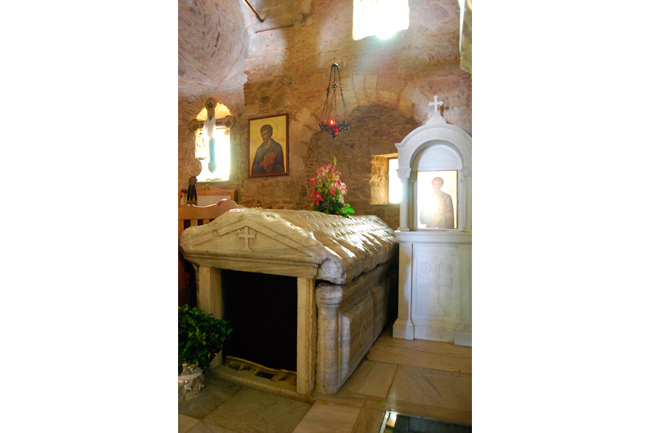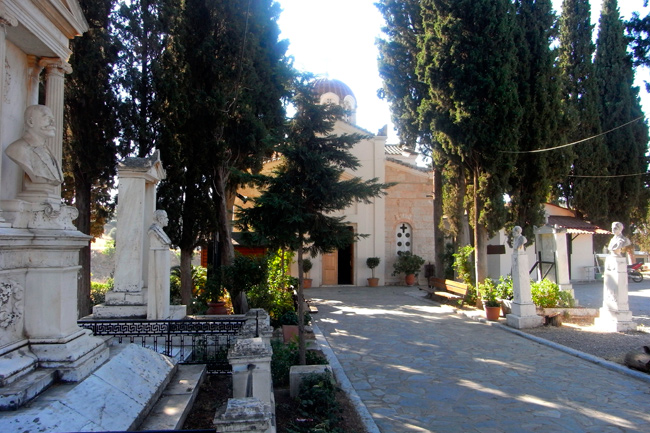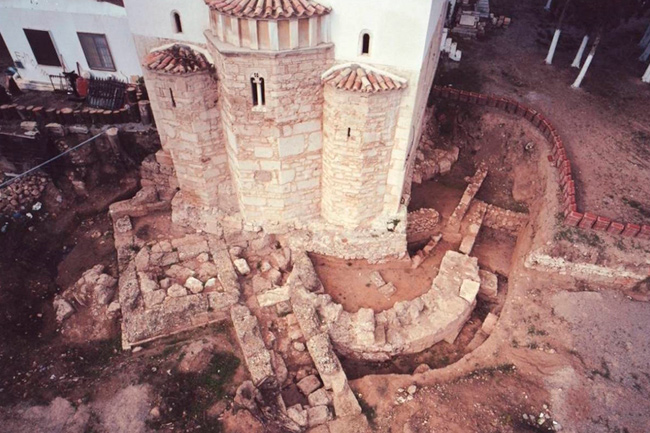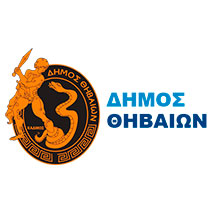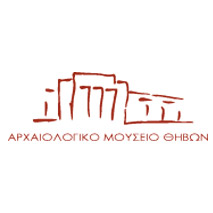Thiva can pride itself on its participation in the Christian history of Europe, which connects it with deep traditions. The Holy Apostle and Evangelist Luke lived, preached, wrote and died in Thiva after the death of the Apostle Paul, according to tradition and according to many testimonies.
In the city of Thiva a church was built in honour of the Evangelist Luke. The Holy Church of Evangelist Luke, architecturally belongs to the type of the composite crossed-dome. In the niche of the north wall part of a marble altarpiece of the 10th-11th century AD has been placed. While in the diaconate there is a marble sarcophagus of the 2nd century AD, where it is believed that the Evangelist was buried. The marble reliquary containing his venerable body has, according to religious tradition, the ‘power’ to heal any illness, especially eye diseases, in those who worship in faith. Outside the temple, the niche of an early Christian basilica and part of the ancient fortification of the city were discovered. In the courtyard of the temple there was until recently a cemetery of the city. Today, remarkable burial monuments of Tinian sculptors of the 19th and 20th century are preserved.
The pilgrim church today adorns the town of Thiva.Many pilgrims visit this holy place to receive the blessing of the Founder of the local Boeotian Church.
The Boeotian Church solemnly honours Saint Luke: On September 17, the re-collection of his holy relics, and on October 18, his burial. A great number of pilgrims flock to Thivato be blessed by the Evangelist Luke, the healer of souls and bodies, but also to get to know the place where he lived the last years of his life, Thiva.
Tips
The marble reliquary containing his venerable body has the “power” to heal any disease, especially eye diseases, for those who worship with faith.

